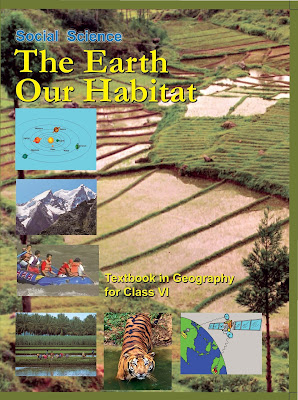NCERT CLASS 6 GEOGRAPHY
CHAPTER- 3 [MOTIONS OF THE EARTH]
- Two types of motion of earth are: Rotation and Revolution.
- Rotation is the movement of the earth on its axis.
- Revolution is the movement of the earth around the sun in a fixed path or orbit.
- The plane formed by the orbit is known as orbital plane.
- The circle that divides the day from night on the globe is called the circle of illumination.
- The period of rotation is known as the earth day.
- 6 hours saved every year is added to make one day(24 hours) in leap year.
- Leap year has 366 days.
- A year is usually divided into summer, winter, spring and autumn seasons.
- The ancient Indian astronomer Aryabhatta had stated that the earth is round and rotates on its own axis.
- On 21st June, the northern hemisphere is tilted towards the sun.
= Rays of sun falls directly on the Tropic of Cancer.
= The North Pole is inclined towards the sun and the places beyond the Artic circle experience continuous daylight for about 6 months.
= The longest Day and shortest night at these places occur on 21st June.
= In the Southern Hemisphere all the conditions are reversed, it is winter season there.
= The nights are longer than the days.
= The position of the earth is called Summer Solstice.
- On 22nd December, the Tropic of Capricorn receives direct rays of the sun as the South Pole tilts towards it.
= it is summer in the Southern Hemisphere with longer days and shortest nights.
= the reverse happens in the northern hemisphere.
= The position of the earth is called Winter Solstice.
- On 21st march and 23rd September, direct rays of the sun falls on the equator.
= At this position neither of the poles is tilted towards the sun, so the whole earth experience equal days and equal nights.
= This is called an Equinox.
- On 23rd September, it is autumn season in the northern hemisphere and spring season in the Southern Hemisphere.
- The opposite is the case on 21st march, when it is spring in the northern hemisphere and autumn in the Southern Hemisphere.
